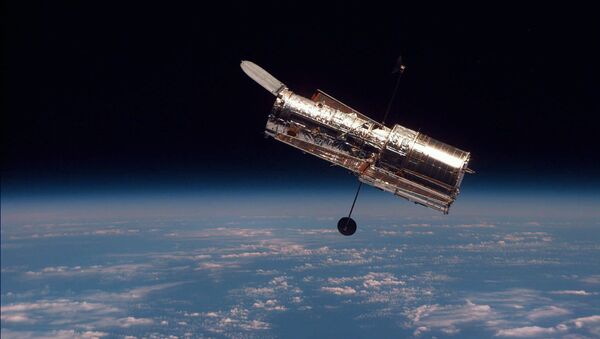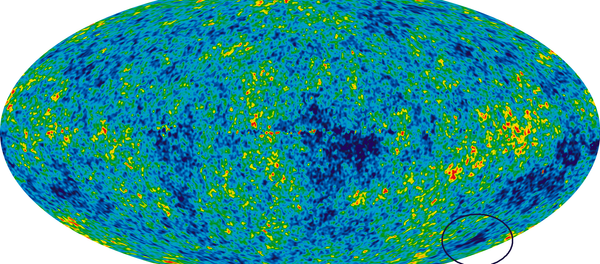NASA is planning to start using two telescopes it has obtained from the National Reconnaissance Office (NRO) in 2012 in a mission called the Wide Field Infrared Survey Telescope-Astrophysics Focused Telescope Assets (WFIRST-AFTA), which is aimed at discovering the secrets of dark energy, a mysterious force said to account for 68.3 percent of the known universe.
"We have a goal of using these telescopes as is, and we do not have to make modifications, but we do have to resurface the mirror, as it's been sitting in storage. But we are going to use them as is and design the spacecraft and the instruments to take advantage of their properties," NASA's astrophysics head Paul Hertz told Space.com.
The mission could be launched in 2024; however, NASA astronomers' must go through hoops to get final approval for the program. First they should formulate and send a request to the White House for the 2017 budget. Then, NASA's request would be considered by the US Congress.
What Is Dark Energy? #askNUD http://t.co/wPQPybv03r pic.twitter.com/tJ1zwL7Bem
— New Universe Daily (@NewUniverseD) 23 апреля 2015
However, David Spergel, a co-chair for WFIRST-AFTA's science-definition team, revealed that it was a piece of good luck that the telescopes, initially intended for a multi-billion-dollar mission called Future Imagery Architecture, were eventually distributed to NASA.
"With a more powerful telescope, you do more science," Spergel emphasized, adding that the program would also include the exploration of faraway exoplanets.
LIVE NOW from the @Newseum: The unveiling of the official #Hubble25 anniversary image. Watch: http://t.co/KX5g7yYnYG pic.twitter.com/A2Aupayz2r
— NASA (@NASA) 23 апреля 2015



